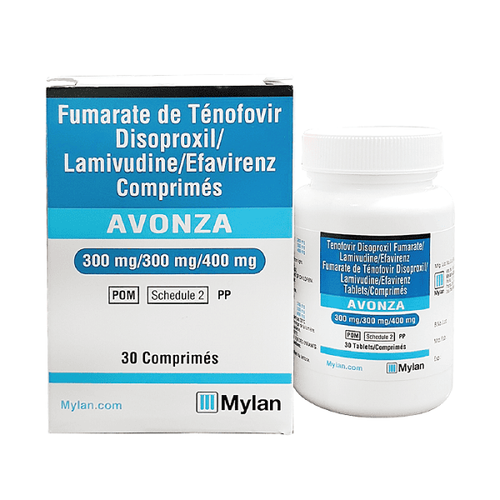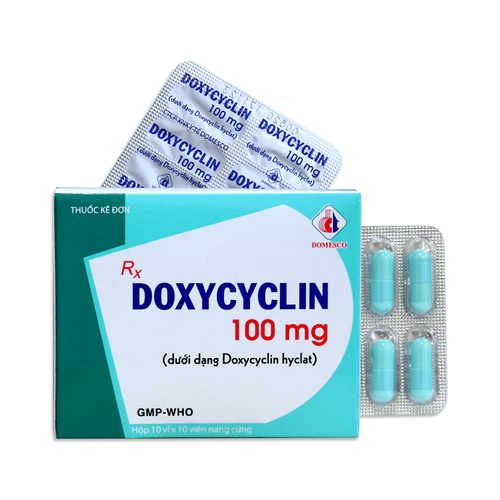This is an automatically translated article.
Antiretroviral resistance is a condition in which a person takes HIV-suppressing drugs regularly, but the viral load continues to increase rapidly. To prevent this from happening you should have regular health checks to detect resistance genes. Thereby the patient may be asked to change the dose of the drug or find another method more suitable.1. What is drug-resistant HIV disease and its classification?
Drug-resistant HIV disease is a condition in which a person takes HIV-suppressing drugs regularly, but the viral load continues to increase rapidly. Virus mutations are responsible for drug resistance, but not all mutations cause resistance.
The most commonly used HIV drug is ARV. The drug works to control the amount of virus in the body, but when the virus can become resistant to the drug, this ability to inhibit is not effective. Resistant viruses will multiply rapidly if you continue to take the drug.
Classification of common HIV drug resistance patterns:
Clinical drug resistance: the number of viruses is increasing even though patients are still using ARV drugs. Phenotypic resistance: Will be done in vitro when adding antiretroviral drugs HIV virus is still increasing rapidly. Genotypic resistance: Resistance of viruses is caused by genetic mutations.
2.What are the signs that the body is showing resistance to ARV drugs?
Signs of ARV resistance in HIV patients are difficult to recognize without testing. Therefore, regular health check-ups are very important for people living with HIV. Your doctor can conclude that you are suffering from drug resistance based on previous test results and diagnostic criteria, thereby developing a reasonable treatment plan.
Tests to monitor HIV patients such as:
Viral load measurement : If your viral load is low or below the detection threshold, it means that the medicine is working well and the amount of virus in your blood is very low. . If the viral load in the body is high, it may be because the medication you are taking is not working to make the virus multiply strongly or you are not taking the medicine exactly as prescribed by your doctor. Measure the number of CD4 cells: CD4 cells are T white blood cells, they help the body fight pathogens such as bacteria and viruses. Therefore, if the number of these cells decreases, it means that HIV is attacking the patient's health. Identification of drug resistance genes: This test helps to detect whether HIV has mutated or not, has it changed the disease-causing mechanism?
3. Recognizing the body's resistance to ARV . drugs
Patients with HIV will develop drug resistance when viral replication is not controlled. So how long does it take to take ARVs to become resistant? Some studies have shown that about 10% of people with HIV are resistant to 1 or more ARVs. This is widespread drug resistance.
The rate of occurrence of the mutant gene will be proportional to the number of viruses multiplying. Only one mutation makes the virus resistant to Epivir and non-nucleoside reverse transcriptase inhibitors. However, HIV takes a long time to mutate with other drugs.
4. Methods to help patients reduce the risk of drug resistance
Using high doses of ARVs is a good way to prevent drug resistance. In case you do not take the medicine regularly or do not take the right dose, it will reduce the effectiveness of the drug, as a result, the number of viruses will increase.
The most commonly used HIV drug is ARV, but many patients develop drug resistance. It is caused by a genetic mutation that makes the virus resistant to the drug. To prevent the disease, the patient should follow the doctor's instructions, if it is necessary to stop or change other drugs, it is necessary to have the consent of a specialist.
Please dial HOTLINE for more information or register for an appointment HERE. Download MyVinmec app to make appointments faster and to manage your bookings easily.













